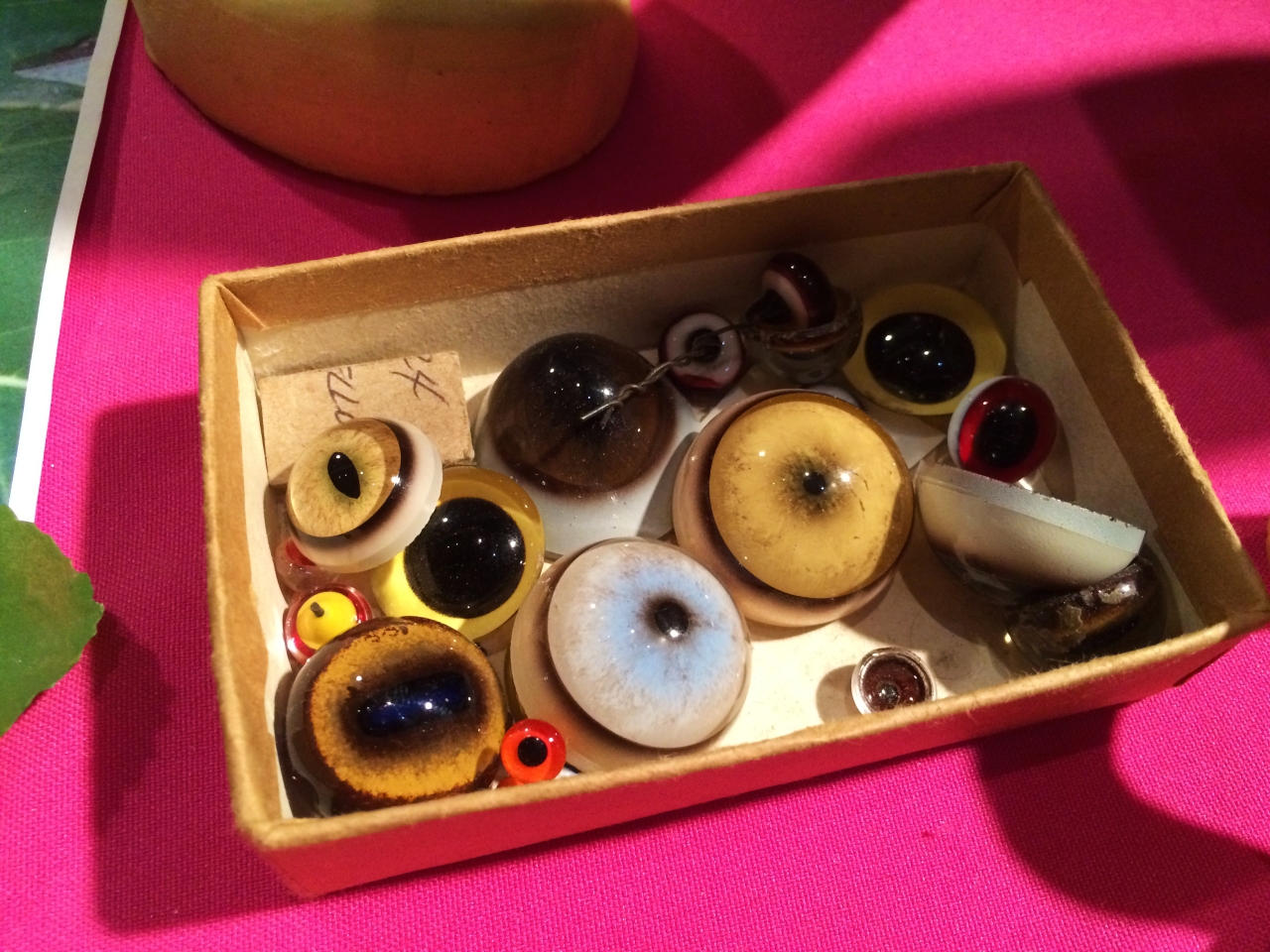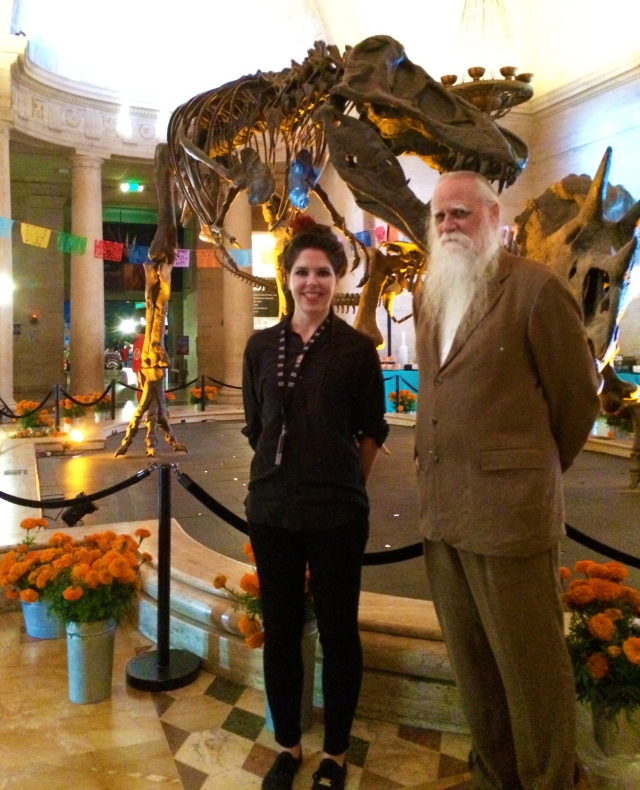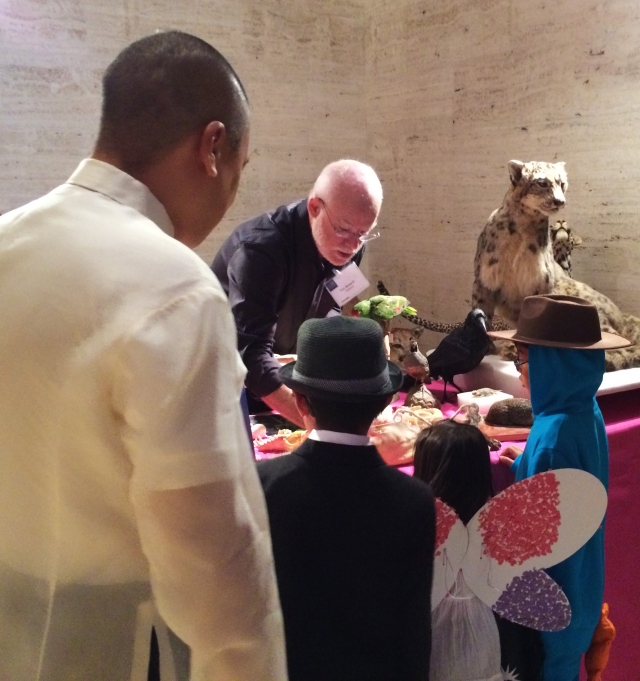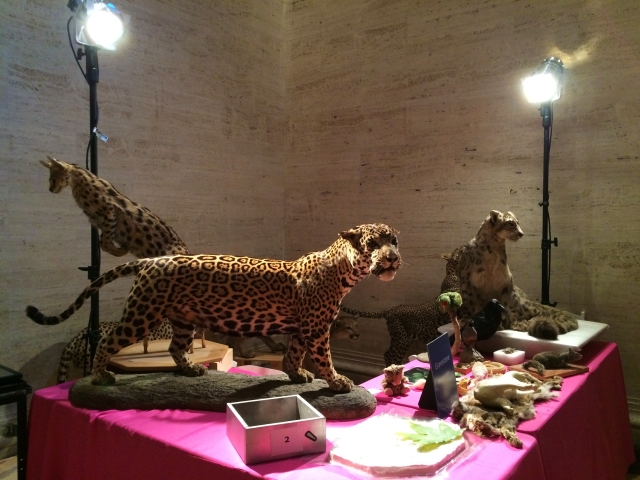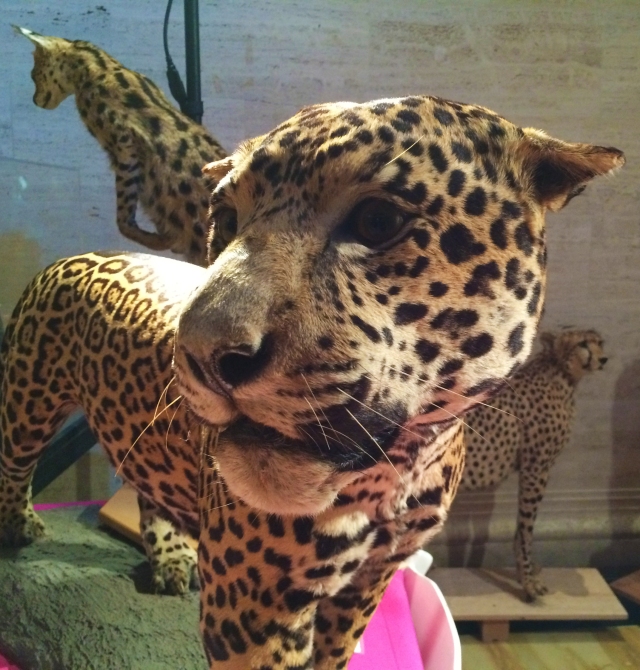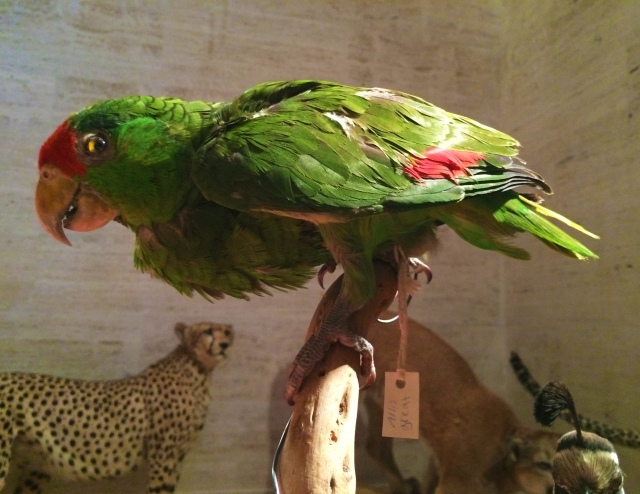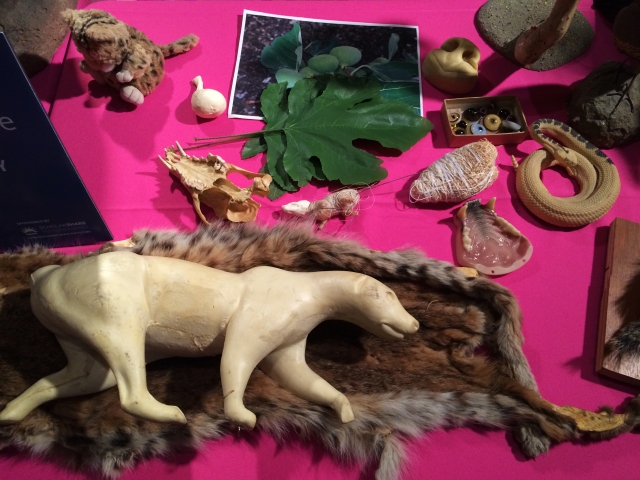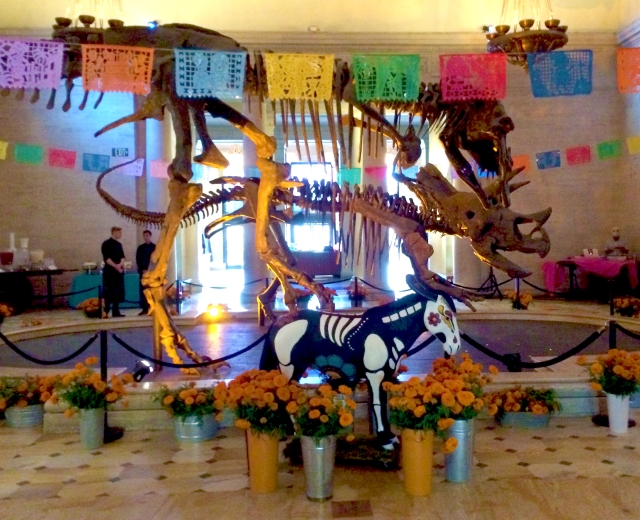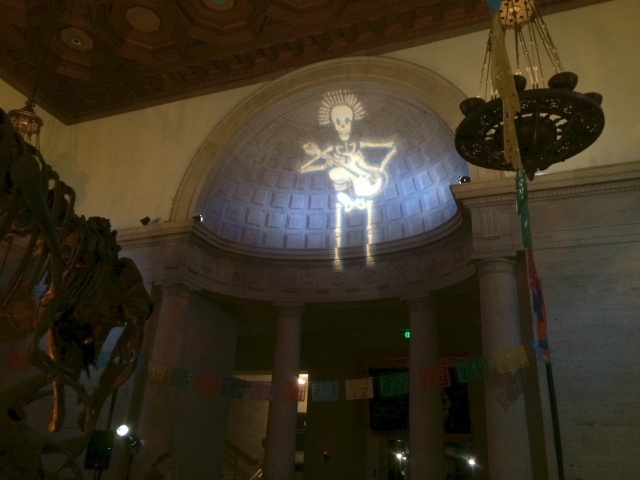So it’s only natural to want to dress up as a piece of Taxidermy for Halloween, right? RIGHT!
I’ll be spending my Halloween this year at The Natural History Museum of Los Angeles County working an event they hold called, NHM All Nighters. It’s an overnight event at the museum where adult guests sleep over in the diorama halls, drink, attend lectures, play games, watch a film and do cool activities. This sleepover themed night is called “The Art of Mounting”, which includes a behind the scenes tour with staff Taxidermist, Tim Bovard and other cool stuff all to do with TAXIDERMY. YEAH! Being on staff at the museum as Special Events Assistant has it’s perks.
We had the option to dress up for the event. A co-worker found a costume of a Taxidermy trophy deer hard online. When I took a look at the idea I was like OMG, this is perfect! SO perfect!!
We are doing this! Instead of a deer, I chose to be a Bongo. The NHM even has a Bongo diorama inside their African Mammal Hall.
Bongos are strikingly beautiful and strange looking antelope. They are the largest and most spectacular of the African forest antelopes, happen to be nocturnal(perfect for a Halloween night event) and are the only ragelaphid in which both sexes have horns.
It’s costume making time! You can make your own Taxidermy costume out of simple and affordable materials you probably have lying around your home. Below are illustrated steps of how I made my Taxidermy costume. Roll over images for a slideshow with detailed instructions.
Supplies:
- cardboard
- spray mount
- sharpie
- ruler
- cutting board
- scissors
- exacto knife
- felt
- paper
- paintbrush
- paint
- paint mixing tray
- synthetic fur fabric
- tape
- reference photos of your animal
- hot glue gun
- craft glue
- headband
- face make-up






















































